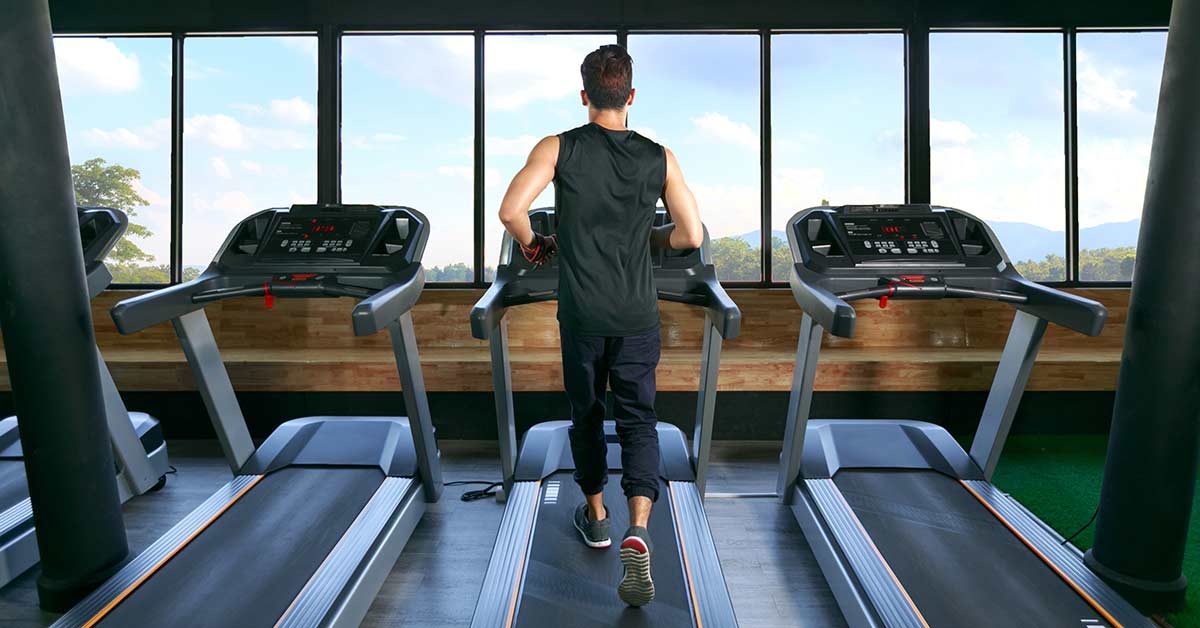The future of fitness is here! With the advances in technology, athletes have more options than ever to get and stay in shape. In this article, we’ll explore how athletes can use treadmills in 2023 to improve their performance and reach their goals faster. From understanding the basics of using a treadmill to taking advantage of its many features, you’ll find out how modern technology can help you go the extra mile.
What are treadmills?
Treadmills are one of the most popular pieces of cardio equipment found in gyms today – and for good reason. They provide a great workout for both beginner and experienced athletes alike. You can check for best treadmills here- Macarthur Fitness Equipment
However, many people don’t know how to properly use a treadmill, resulting in inefficient and even dangerous workouts. In this article, we’ll show you how to use treadmills safely and effectively, so you can get the most out of your workout.
Types of treadmills
- Types of Treadmills
There are four types of treadmills that athletes can use to train: the manual treadmill, the motorized treadmill, the curved treadmill, and the slat-belt treadmill. Each has its own benefits and drawbacks that athletes should consider when choosing a training method.
The manual treadmill is the most basic type of treadmill, and it is powered by the user’s feet instead of an electric motor. This type of treadmill is often used in physical therapy settings because it is low-impact and easy on the joints. However, manual treadmills can be difficult to use for long periods of time or at high speeds, so they may not be ideal for all athletes.
The motorized treadmill is the most common type of treadmill, and it is powered by an electric motor. Motorized treadmills can reach higher speeds than manual treadmills, making them ideal for interval training or sprinting workouts. However, they can also be more expensive than manual treadmills and may require more maintenance.
The curved treadmill is a newer type of treadmill that offers a more natural running experience. Curved treadmills have a gently sloping deck that simulates downhill running, which can reduce impact on the joints. Additionally, curved treadmills typically have larger belts than traditional treadmills, making them more comfortable for longer runs. However, they can be more expensive than other types of treadmills and may require special
Different Benefits of Treadmills
Treadmills offer a variety of benefits for athletes. They can be used for training, rehabilitation, and even as a primary source of cardio exercise. Here are some of the different benefits that treadmills offer for athletes:
- Treadmills offer a great way to train without putting too much stress on the body.
- Treadmills are also great for rehabilitation after an injury.
- Treadmills provide a low-impact form of cardio exercise, which is ideal for those who are looking to avoid injuries.
- Treadmills are also a great way to burn calories and improve cardiovascular fitness.
- Finally, treadmills can be used as a tool to help athletes warm up before competition or cool down after a race or workout.
The Pros and Cons of Treadmills
Assuming you would like a pros and cons list for treadmills:
Pros:
-Can be done indoors
-Bad weather won’t affect your workout
-You can increase or decrease the speed, making it customizable to your own fitness level
-Many come with safety features, such as emergency shut offs
-Treadmills can be less expensive than some other workout equipment
Cons:
-May be boring because you are in one spot
-If the treadmill is not at a incline, it may not give you as good of a workout as running outside
-You have to make sure you have enough space for the treadmill
How to Use a Treadmill
If you’re an athlete, you know that using a treadmill can be a great way to train for your next big race. But how do you use a treadmill effectively? Here are some tips:
1) Warm up before you start running on the treadmill. A light jog or walk will get your muscles ready for the workout ahead.
2) Start slow and gradually increase your speed. If you go too fast too soon, you’ll tire yourself out and won’t be able to maintain your pace.
3) Keep your head up and your eyes focused on the horizon. This will help you avoid getting dizzy or lightheaded.
4) Drink plenty of fluids, especially water, to stay hydrated during your workout.
5) Cool down after you’re done running by walking at a slower pace for a few minutes. This will help your body recover and prevent stiffness later on.





